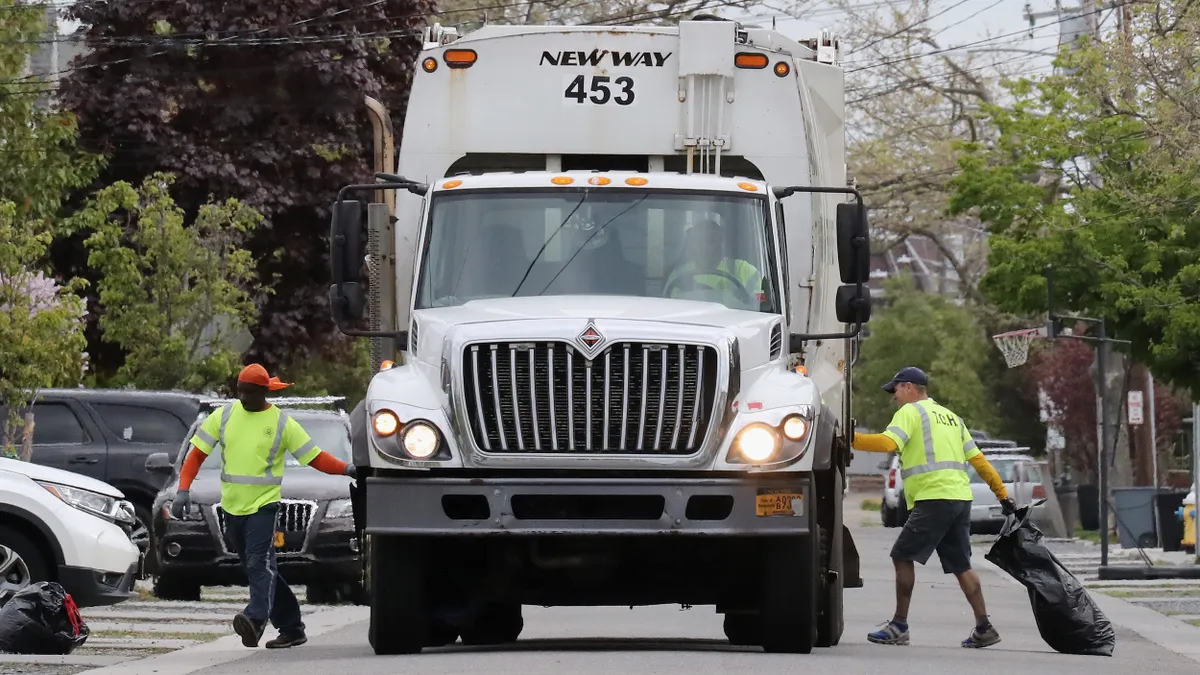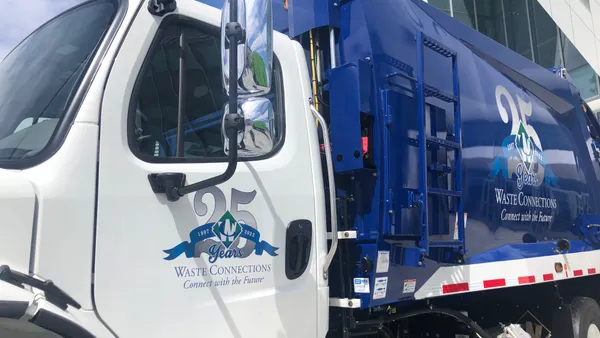Dive Brief:
- In 2011, the electronics waste industry generated $90 billion in the U.S. alone, bringing with it 138,000 jobs.
- The National Institute for Occupational Safety and Health (NIOSH) had previously measured worker exposure to toxic materials such as lead, cadmium, chromium, and excessive noise. New findings show that manual processes increase e-waste employees' exposure to these toxic substances.
- In plants that handle cathode ray tubes (CRT) glass, workers can experience overexposure to lead and cadmium. This exposure can affect employees outside of the area where the CRT is processed.
Dive Insight:
The report found that, in some cases, even areas of the facility where no materials were being processed still posed a potential health risk to workers. Researchers discovered lead, cadmium, and metals were present on the surfaces located outside of the production space.
At some plants, increased risk was brought on by procedures such as sweeping; some workers had no access to showers or uniforms. The study also noted that the continuous exposure to contaminated clothing, even after exiting a production area, could have the potential to expose others to health risks -- including workers' families.
NIOSH plans additional research to determine the occupational exposure of e-waste employees to metals and flame retardants at recycling facilities. In June, Sustainable Electronics Recycling International (SERI) began managing the Responsible Recycling Practices (R2) standard. One of the areas the non-profit promotes is best practices in regard to employee health and safety. Facilities certified by the R2 Standard commit to following universal guidelines established by the organization.














